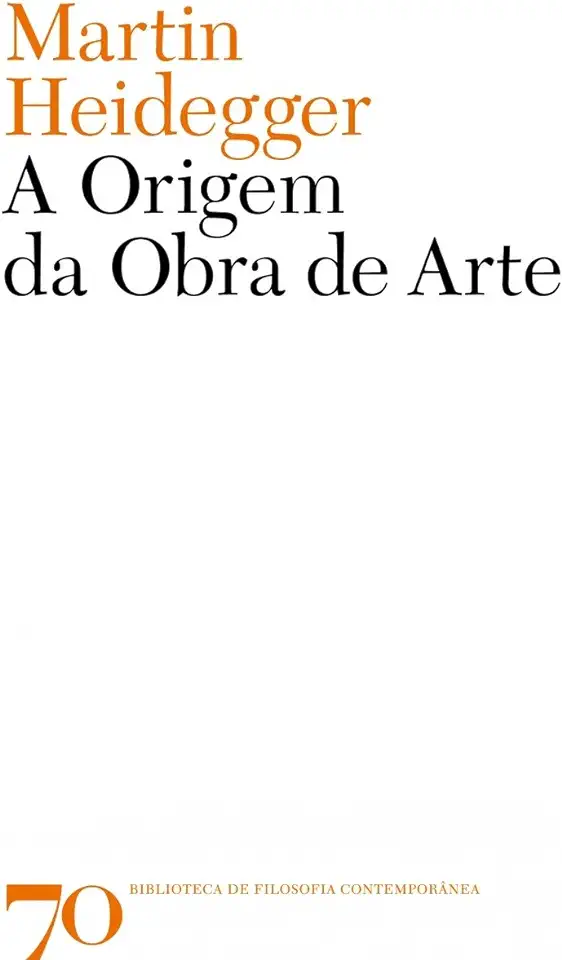
The Origin of the Work of Art - Martin Heidegger
The Origin of the Work of Art
In his seminal work, "The Origin of the Work of Art," Martin Heidegger delves into the profound nature of art and its relationship to truth and reality. Heidegger argues that art is not merely a product of human creativity or technical skill, but rather a unique mode of revealing the truth of being. Through a close examination of various artworks, including Vincent van Gogh's painting "A Pair of Shoes" and a Greek temple, Heidegger unveils the essence of art as a transformative encounter between the artist, the artwork, and the viewer.
Art as the Origin of Truth
Heidegger challenges the traditional notion of truth as a correspondence between propositions and external reality. Instead, he posits that truth is an event that emerges from the encounter between the artist and the artwork. Art, in its unique capacity to bring forth the hidden dimensions of reality, becomes the origin of truth. The artwork, as a tangible manifestation of the artist's encounter with truth, becomes a vessel through which the truth of being is revealed.
The Work of Art as a Thing
Heidegger emphasizes that the artwork is not simply an object or a commodity, but rather a "thing" that stands apart from the ordinary world. The artwork possesses a unique presence and autonomy, existing as a self-contained world that invites the viewer to engage with its inherent truth. Heidegger's analysis of the Greek temple illustrates how the temple's form and structure embody the sacred and divine, transcending its physical presence to become a dwelling place for the gods.
The Role of the Artist
Heidegger argues that the artist is not a mere craftsman or technician, but rather a visionary who possesses the ability to perceive and reveal the truth of being. The artist, through their creative act, becomes a medium through which the truth of being is brought into the world. Heidegger's exploration of Vincent van Gogh's "A Pair of Shoes" demonstrates how the artist's profound understanding of peasant life and suffering is expressed through the simple depiction of a worn-out pair of shoes, revealing the essence of human existence.
The Viewer's Encounter with the Artwork
Heidegger asserts that the encounter between the viewer and the artwork is a transformative experience that transcends mere aesthetic appreciation. The viewer is invited to engage with the artwork on a deeper level, allowing the truth of being to resonate within their own existence. Heidegger's analysis of the Greek temple highlights how the viewer's encounter with the temple's grandeur and harmony evokes a sense of awe and reverence, connecting them to the divine.
Conclusion
"The Origin of the Work of Art" is a profound and thought-provoking exploration of the nature of art, truth, and reality. Heidegger's philosophical insights challenge conventional understandings of art and invite readers to reconsider the transformative power of artistic creation. This seminal work is a must-read for anyone interested in aesthetics, philosophy, and the deeper meaning of human existence.
Enjoyed the summary? Discover all the details and take your reading to the next level — [click here to view the book on Amazon!]